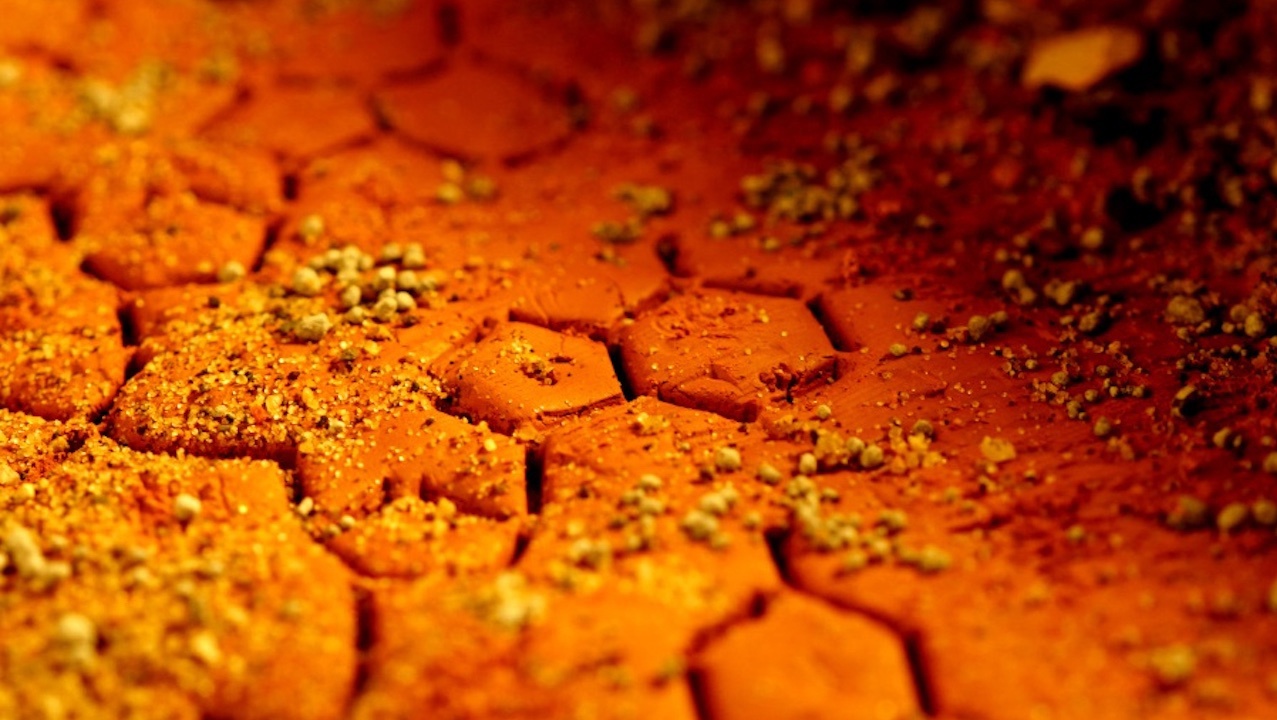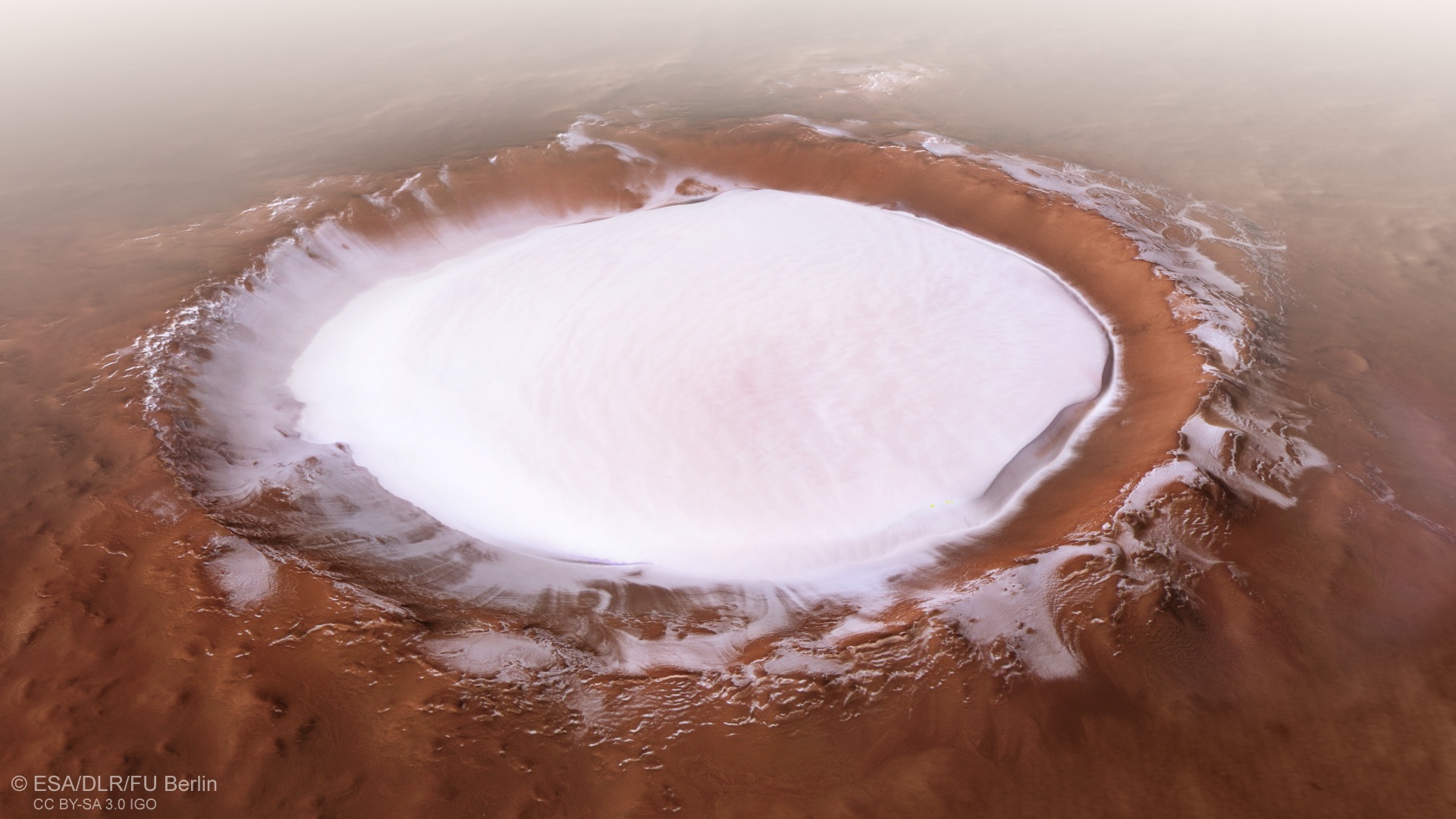For centuries, people have been fascinated by the search for life in the universe. Mars has always been in the spotlight as a potential place for extraterrestrials to exist. However, after numerous images from spacecraft showed a barren landscape, it became clear that Mars might be less habitable than scientists had hoped. But new research suggests that some extremophilic protein enzymes and RNA may exist in the Martian regolith, which is saturated with perchlorate salts.

Mars is the fourth planet from the Sun, which has a characteristic red color due to iron oxide. The planet is about half the size of Earth, but has familiar features, in particular volcanoes and polar ice caps. The first observers believed that Mars was crossed by a large system of channels that deliver meltwater from the polar caps to the equatorial regions. However, this turned out to be optical illusions, and the caps consist mainly of dry ice (frozen carbon dioxide). Despite this, the debate about the possibility of life on Mars is still ongoing.
Exploring our Earth, scientists find life in extreme conditions, where, for example, there is no oxygen, no light, low or very high temperatures. Such microorganisms are also called extremophiles. This knowledge contributes to the search for life beyond the Earth.
Recent missions to Mars have detected a significant presence of perchlorate salts on the surface of the planet. These salts, consisting of oxygen and chlorine, are considered harmful to life on Earth. They can form brines by combining with water in the atmosphere. The presence of water on Mars is a key NASA strategy in the search for life – to follow the water. The concept is simple: look for water and maybe you’ll find life.

Recently, researchers from the College of Biological Sciences published their results in the journal Nature Communication. They studied how the geochemical environment on Mars could support life. Led by Associate Professor Aaron Engelhart, the team investigated two types of RNA and enzymes key to life on Earth. They found that RNA functioned well in perchlorate brine, whereas enzymes were less suitable. However, proteins that have evolved to survive in extreme conditions on Earth are well adapted to Martian brine.
These results give a new impetus to the search for life on Mars. The study showed that RNA could survive in salty conditions, which opens up new prospects for the search for life on the Red Planet.
Earlier we talked about how to reach Mars in just two months.
According to twin-cities.umn.edu


